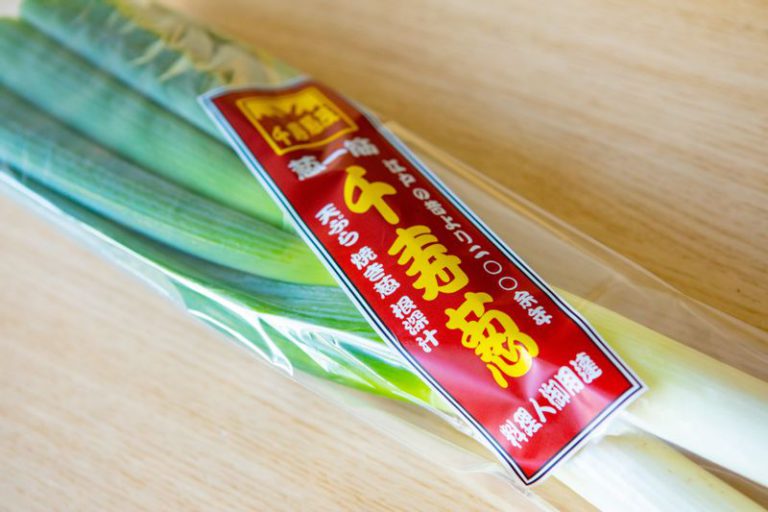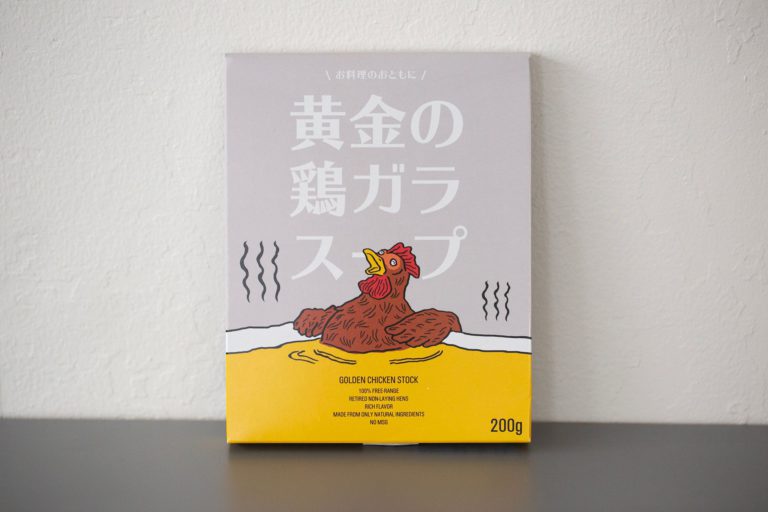Senjunegi—Top Quality White Negi Selected by Connoisseurs

Negi is one of the oldest traditional vegetables in Japan

Negi is a vegetable with a long history in Japan, as it is said to have been introduced from mainland China via Korea during the Nara period (710–794). Cultivation of negi started in the Heian period (794–1185) with leafy negi (green negi) such as kujo negi, banno (universal) negi, and wakegi becoming popular in comparatively warmer western Japan, where it could be harvested throughout the year.
It is said that settlers from Osaka started growing negi in the Kanto region, at Sunamura (currently Koto-ku in Tokyo) during the Tensho era (around 1573–1592). As the Kanto region and northward areas were colder than the Kansai region, leafy negi could not survive frosty weather. For this reason, negi was improved to a deeper-rooted type (white negi), which is grown with more soil coverage and of which the soft, blanched parts are eaten. By the Edo period, areas in the Sumida River basin including Senju specialized in growing negi, so this variety of white negi was called Senju-gun.
Top-quality white negi preferred by soba noodle shops

Currently, white negi production in Kanto has been moved to Chiba and Saitama prefectures. However, the food culture of negi continues in the town of Senju, which features the only market in Japan that specializes in negi. There are six negi merchants who deal only in negi, and the reputation of Senju as the place for top-quality white negi selected by these connoisseurs remains unchanged.

Masanobu Ando, head of the Negishige establishment, which has been doing business for more than a century, is the third-generation successor in his family of negi connoisseurs.
“When my grandfather started this business in the Meiji period (1868–1912), his customers were soba shops throughout Tokyo. During this time, people used to garnish soba noodles with more white negi than we use now. Negishige negi was quite popular, as it was heavier and denser, and offered double the quantity in one stick of negi,” says Ando, explaining the roots of his family business.

Now, Negishige collects and wholesales thick, high-quality white negi under its original brand name of Senjunegi, to set the brand apart from the traditional white Senju-gun negi. Senjunegi production goes back and forth from Saitama prefecture in the winter, to Tochigi prefecture in the summer.
Negi is tastiest in December to February. According to Ando, there are three requirements for high-quality white negi.

(1) High sugar content
Negishige only selects white negi with a sugar concentration of 18 to 19 degrees. This calls for negi with a sweetness similar to fruit, as a standard mango only has a sugar concentration of 15 degrees. These negi also need to have a powerful aroma from the sharp-tasting component called allyl sulfide.

(2) Dense layers
Negi must be firm, with a distinct green and white area. It also must have dense layers and be heavier than it looks. The fibers should be thin, with a juicy and moist texture. To show us proof of these requirements, Ando cut a negi near the root, and juice immediately started to trickle.

(3) Heating the negi enhances its sweetness
It is said that the difference between standard and high-quality negi is more apparent when cooked on heat. Negi with dense layers keep its shape, even when simmered, and its sweetness is enhanced with heating to offer a rich, full flavor. These white negi have a presence that enables them to play a main role in dishes.
The Senjunegi selected by Negishige satisfy all of these requirements.
“I believe that white negi should receive more recognition, as it takes much skill and effort to grow. I only select producers who are known as negi harvesting experts, and make efforts to ensure all products going through Negishige are delicious, even if they may be more expensive,” says Ando.
Delicious ways to have Senjunegi
Some notable dishes using white negi is yakitori (grilled chicken) negima (chicken and negi skewers), or negima-jiru, which is tuna and negi broth, but we asked Ando for some of his recommendations.

“White negi is delicious when grilled on charcoal or deep-fried as tempura in two centimeter slices. Negi and oil go together very well.”
There is also an izakaya (Japanese-styled bar) near the Kita-Senju Station that offers Senjunegi dishes with much love and pride. Popular dishes at this izakaya, named Yaesu, are also simple negi dishes like these.

The izakaya offers grilled Senjunegi stick wrapped in meat, a dynamic dish which wraps pork belly around an entire stick of Senjunegi. The negi absorbs the pork fat to be come immensely savory, making it a delight to eat. There is also grilled Senjunegi, which is simply charcoal-grilled, thick slices of Senjunegi. The Senjunegi tempura features diagonally sliced Senjunegi covered in flavored batter, deep-fried to accentuate the taste of the negi itself.
Furthermore, although the green-colored parts of standard white negi are too tough to eat and are often discarded, the green parts of Senjunegi are tasty enough to be used as condiments or cooked with beaten eggs.

Takeo Yamazaki of the Tobu Foods Service Co., Ltd., which operates the Yaesu izakaya, says that the appeal of Senjunegi is the inner core of the negi is sweet, and the area surrounding the core is fragrant. It is not only sweet, like some brand-name negi tend to be, but it also offers a distinct sharpness, making it a very well-balanced negi. This establishment also offers seasonal hot-pot menus featuring Senjunegi in the winter.

Incidentally, Senjunegi is sometimes sold with its roots intact.
“Negi with a dense concentration of roots is proof of its dense layers. We sometimes sell negi without cutting its roots, because we are confident about its quality,” explains Ando.
If you ever come across a Senjunegi, do not hesitate to take it in your hand. Trying out specialty dishes featuring selected white negi is also highly recommended.












